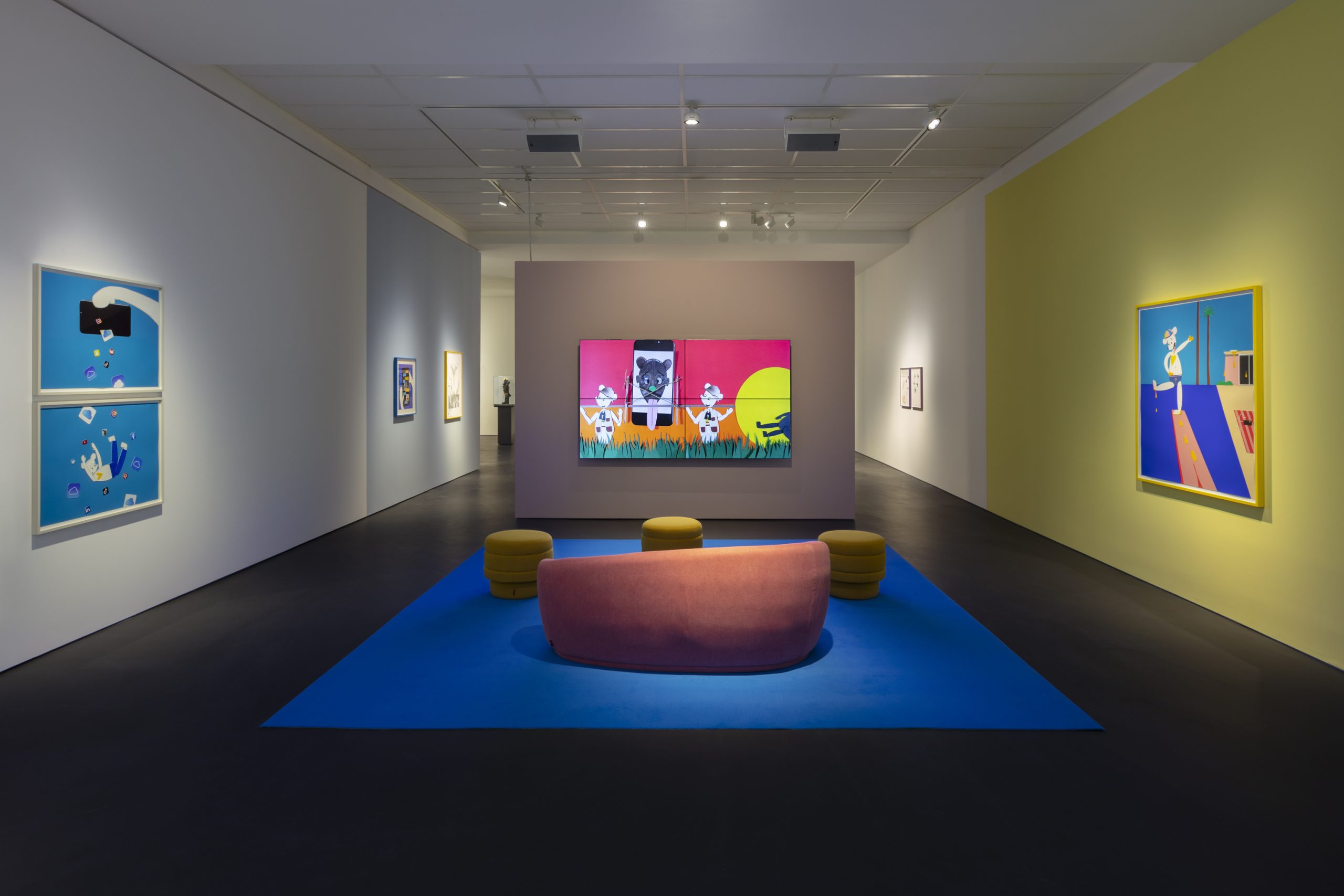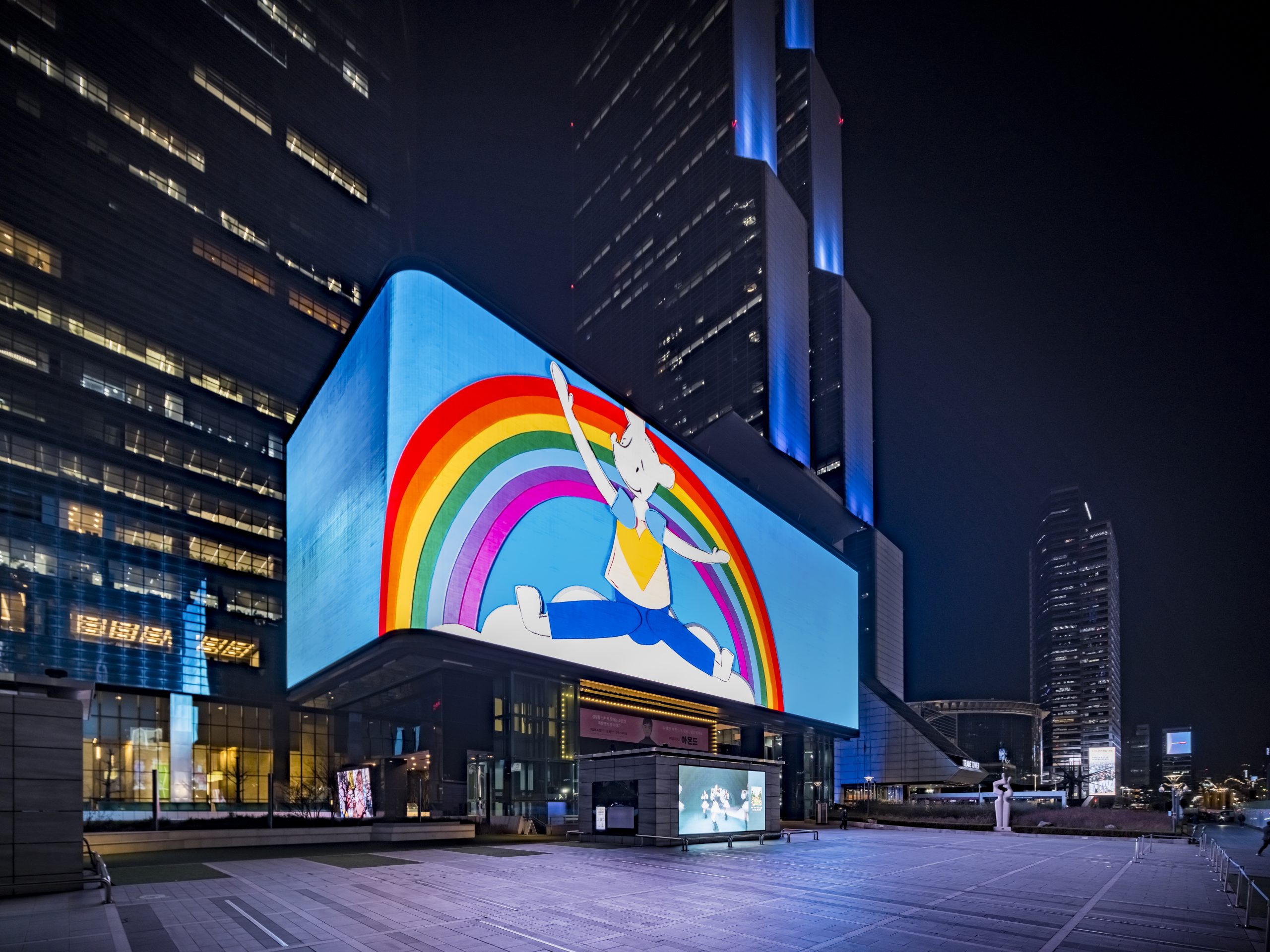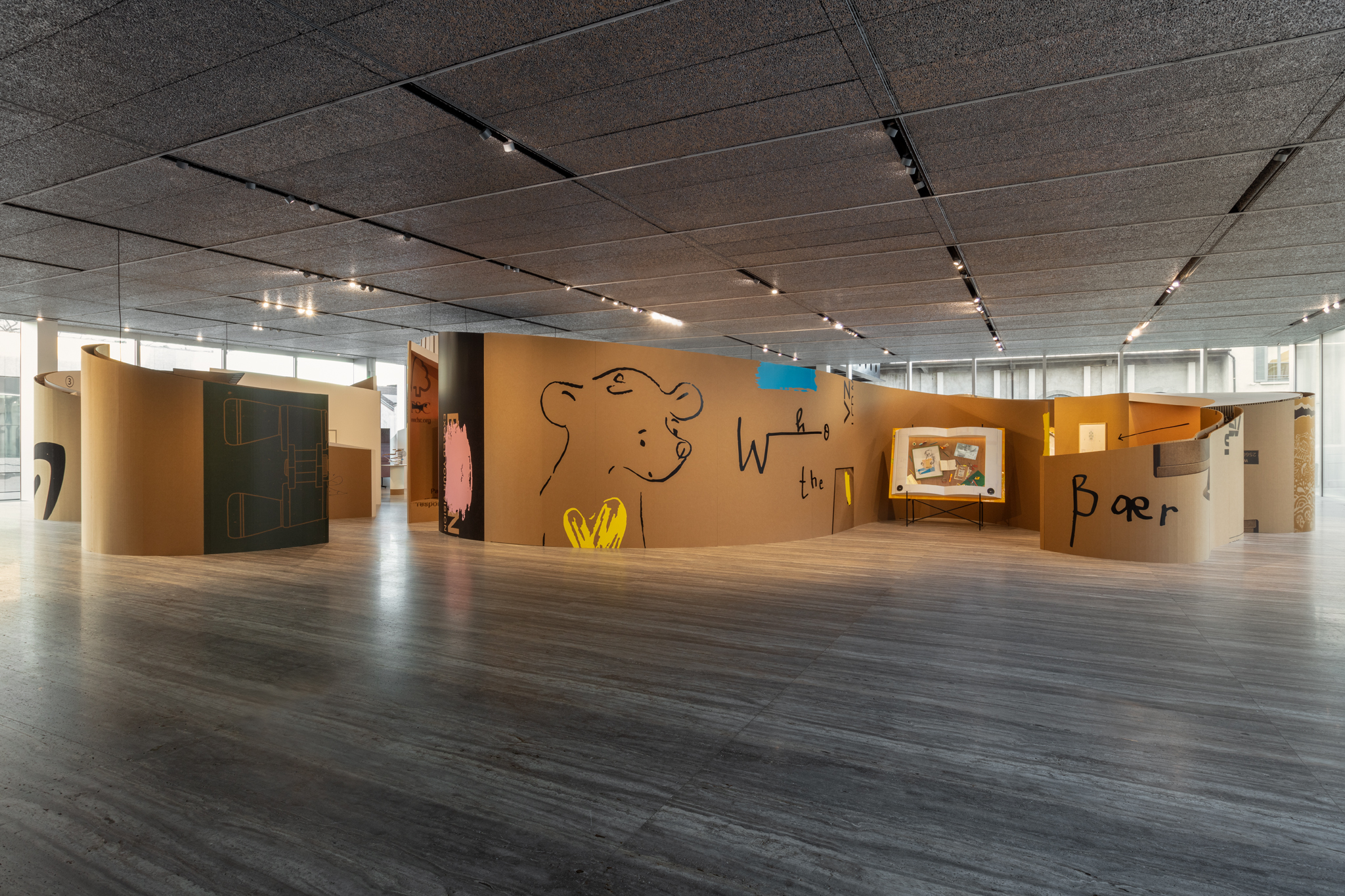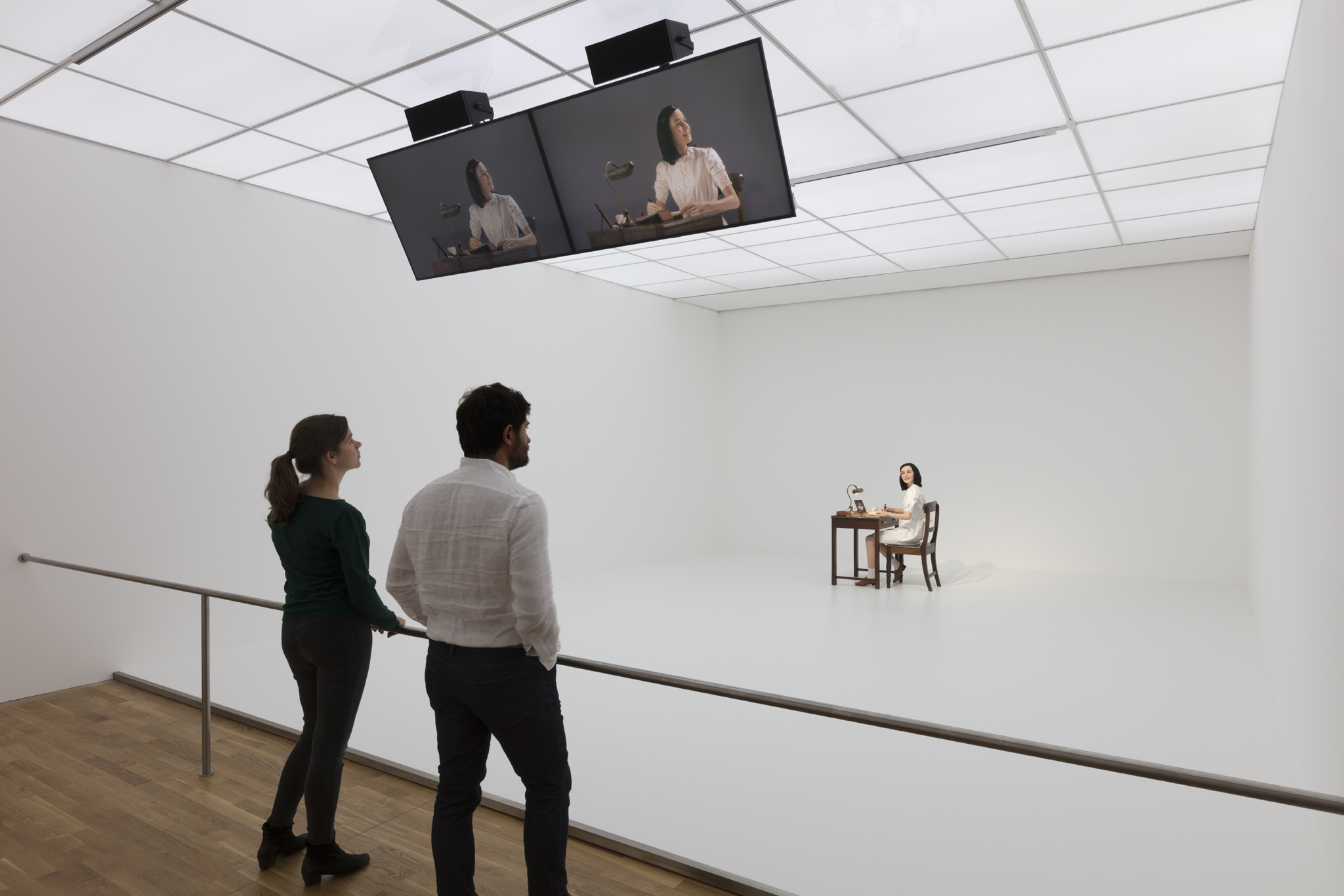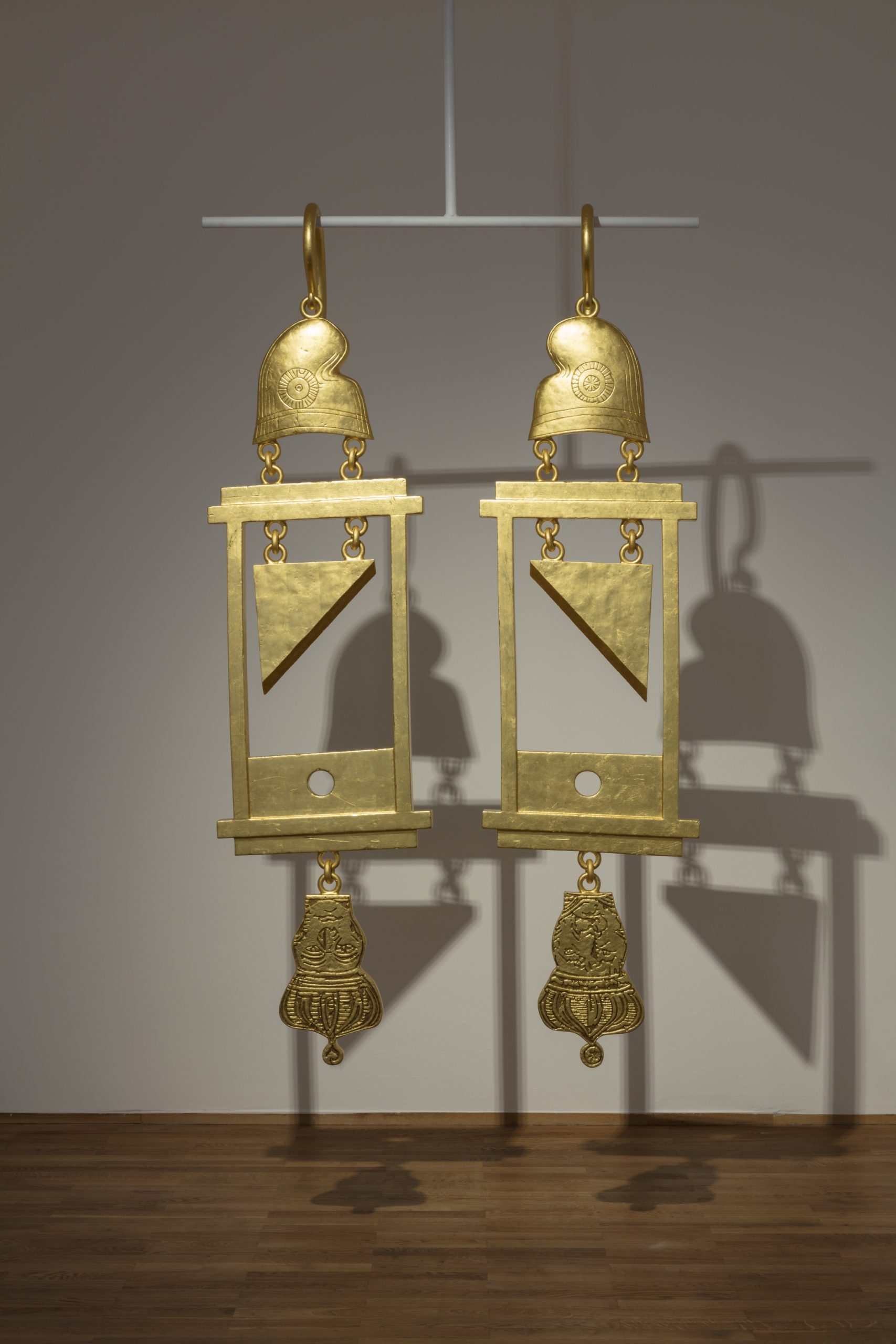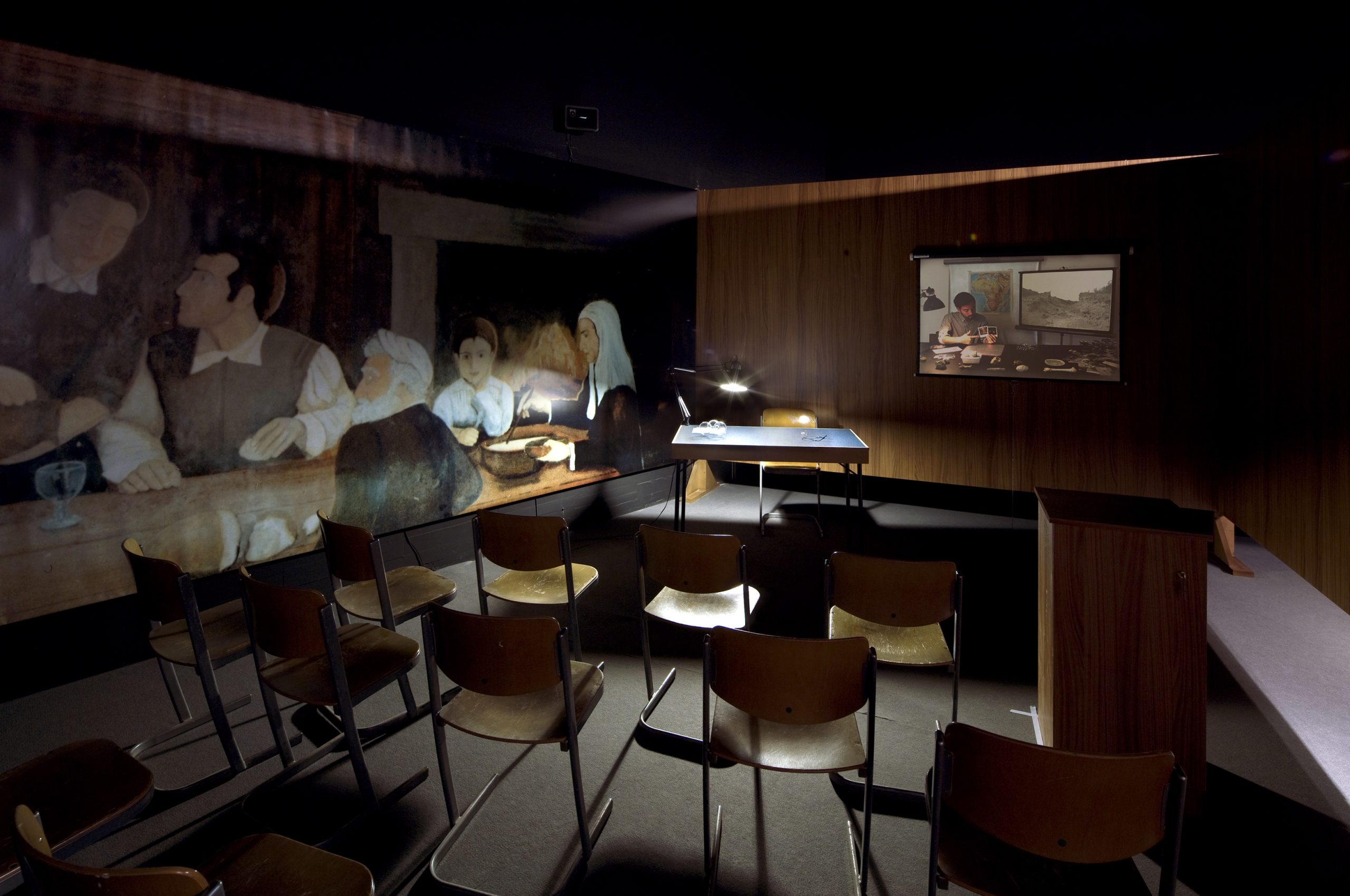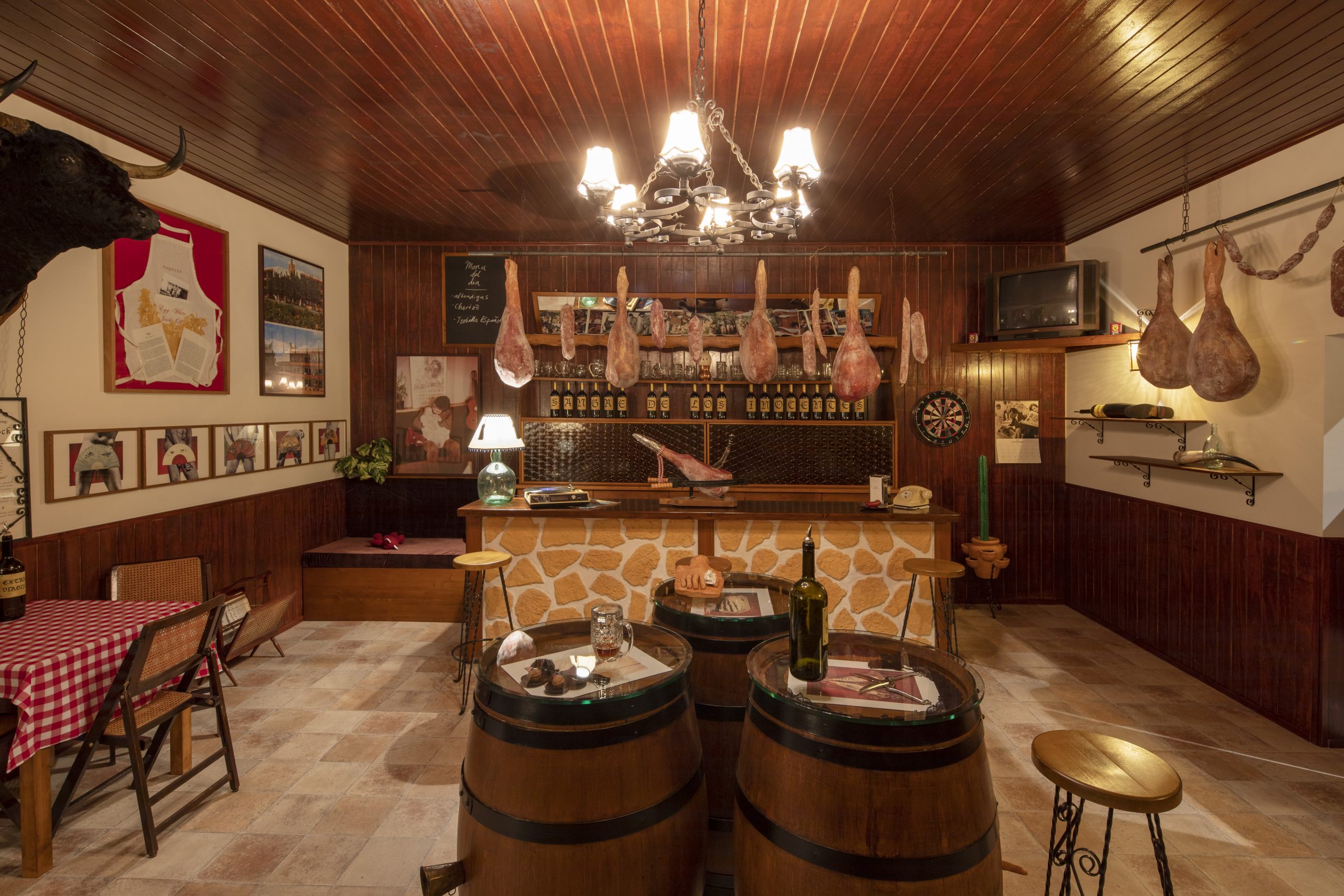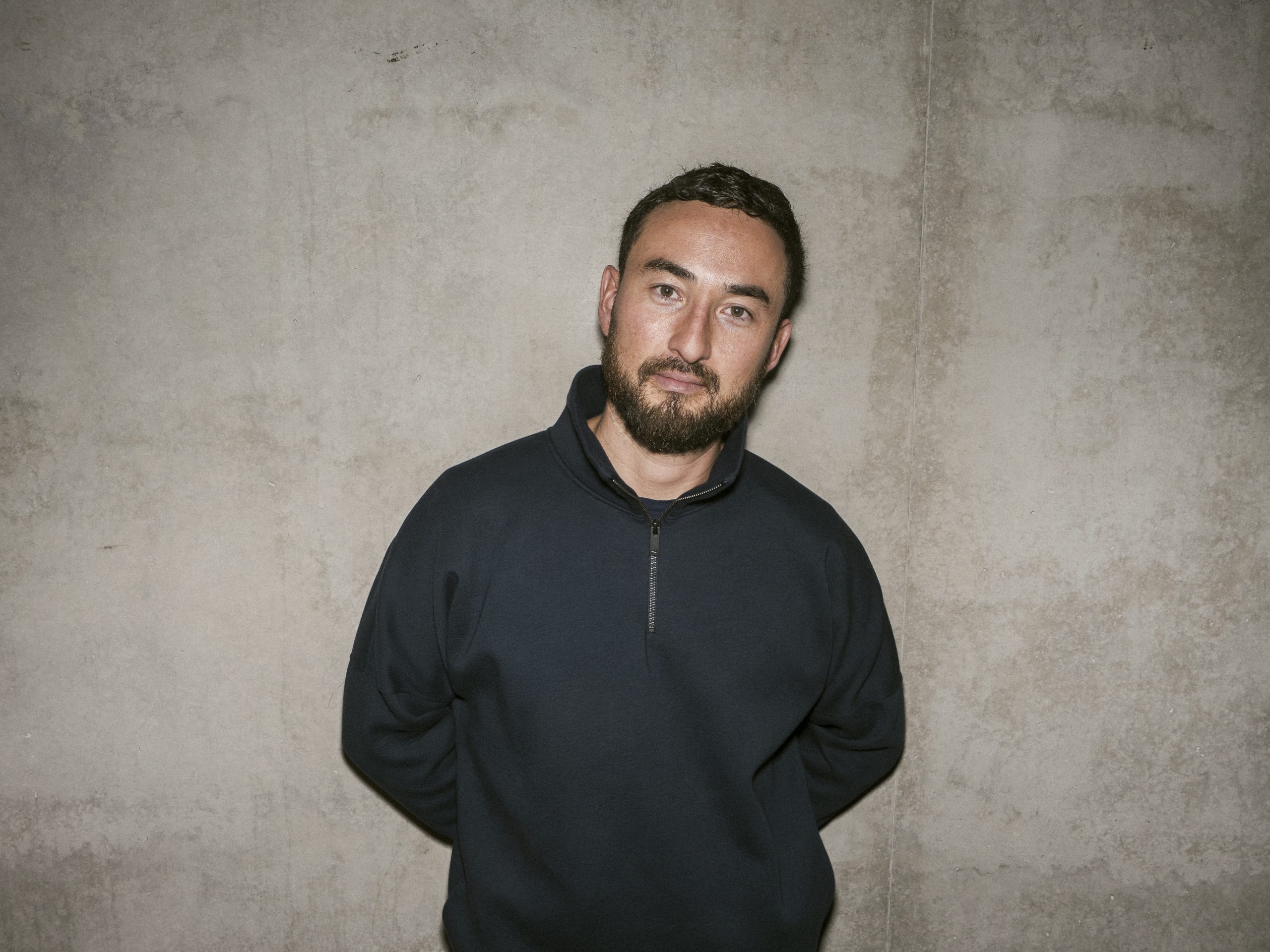
Features #7 — May 2022
Simon Fujiwara in conversation with Nicolas Vamvouklis
Your research often explores real-life narratives about personal and family relationships while blending the biographical and the fictitious in the most unexpected ways. How does it feel to be, at the same time, the author and the subject of the work?
I think this is a feeling we all know because it is one of the fundamental philosophical questions we all share and ask – Who am I? Am I a subject that I can control? How much power do I have over myself and what is fate? What is authenticity? In this sense, I don’t think I am unique in this condition of being both author and subject. However, in these works, I was consciously reacting to a condition that I saw increasingly in our culture – that of mediating oneself, of self-presentation, which of course, came along in a big way with the internet and social media. Now everybody is or can be an author and the subject of their social media feeds to present their own narratives. Back when I was making works that dealt with my own biography, at the start of my career, Facebook was changing their posting scheme to ‘timelines’ which was encouraging people to think about their own lives in a narrative way, putting events in sequence as if this creates a logic. My work was about questioning this narrativity and the safety it gave people in building identities that appeared so simplified, one-dimensional. Then came the return of identity politics in a huge way. I stopped making work about myself because it suddenly felt less urgent – biography came back in a very earnest and politicised way. That was not exactly what I was doing, and in any case, I had said what I wanted about my life at a certain point.
Speaking of identity construction, “Who the Bær,” the cartoon character you have lately developed, lives in a world of complete freedom. What is your definition of being free?
In the case of “Who the Bær,” it is a special definition of freedom – because “Who the Bær” is a philosophical cartoon character – one that is a pure image and knows it – they do not believe in or aspire to authenticity; they only aspire to ‘appear’ as something or someone. So freedom for “Who the Bær” is freedom from the human constraints of wanting to be authentic. This is perhaps my actual question in the whole project – can we, as humans, live without identity, without a sense of self or authenticity? The answer is no, even though our times are increasingly asking us to abandon the old, tired ideas of gender, nation, power hierarchies, etc. – all the things that made up ‘identities’ – and embrace new, fluid thinking. So freedom might be freedom from identity, but “Who the Bær” is sort of a thesis on what that might look like. It’s fun, it’s cute and it’s terrifying, I think.
After the show at Fondazione Prada, “Who” has traveled to Kunstinstituut Melly and Esther Schipper. They are also quite active in the digital sphere through social media and dating apps. So how is this project evolving?
When I read interviews with writers, I often hear them saying things like “I don’t know what one of my characters will say or do next; they have a life of their own,” and I could never quite understand how that would be possible until “Who the Bær” came along, and is sort of deciding the next moves within my practice all by themselves. “Who” is increasingly entering the public sphere – they were all over billboards recently in London’s Piccadilly Circus, in Seoul, or New York’s Times Square. They have also moved into merchandise – becoming a tradeable object, a thing. But “Who” also exists as paintings and drawings that are very close to me and hand-crafted. The ‘Whoniverse’ is just being constructed, and I am the captain of that ship, but “Who the Bær” is the sea – it seems my job is to navigate it.
Going slightly back, I admit that I really enjoyed your shortlist exhibition for the Preis der Nationalgalerie 2019 at the Hamburger Bahnhof; it was the last show I visited before the pandemic struck. At the end of the path, there was “A Dramatically Enlarged Set of Golden Guillotine Earrings Depicting the Severed Heads of Marie Antoinette and King Louis XVI.” Why did you decide to make a monumental sculpture out of this jewellery?
These earrings were sold as merchandise around the time of the beheading of Marie Antoinette and depict her guillotined head hanging as jewellery. They were so gruesome to me, but at the same time deeply obvious and pragmatic – how would souvenirs not exist from a historical event like this? They were a symbol to me that, of course, 300 years ago, we were already trading in images and icons in a mass way, and that drew a line to our contemporary moment where we are all more or less concerned about being turned into capital – although it is now through our personal information online that we are objectified or sold. The tension between humans and things is something that concerns me; I can’t quite figure it out, it’s magical and gruesome. It’s not just about capitalism, it goes much further back, it is inherent in us.
It seems to me that all these fragments are part of your ongoing investigation into contemporary mass phenomena. What is it that you find exciting in human ingenuity?
Sometimes I get asked if my work is a critique of capitalism and contemporary society, and if so, why I am not more political or take a stance. Often people want answers from me, which is absurd. I just don’t see that as my job. I think my job is to describe what it feels like to live today, yes – under the conditions of hyper-capitalism, etc., but not to solve those problems, if indeed they really are solvable problems. My work is about trying to put visual language to the feeling of being alive today, that’s all. I’m not saying I have been successful, yet, but I keep trying.
Last question — let’s lighten up a bit. What are your plans for this summer?
Probably making art…






















